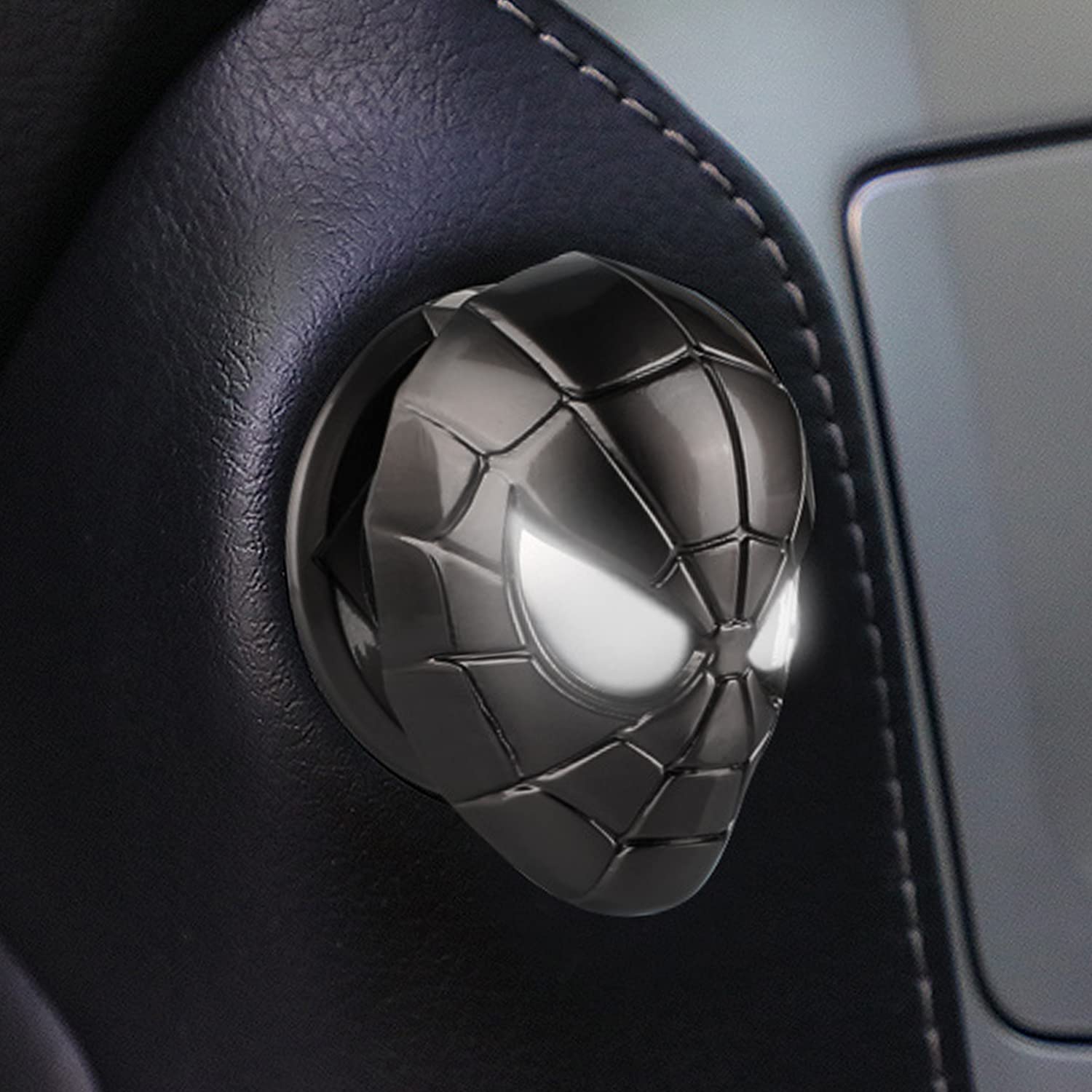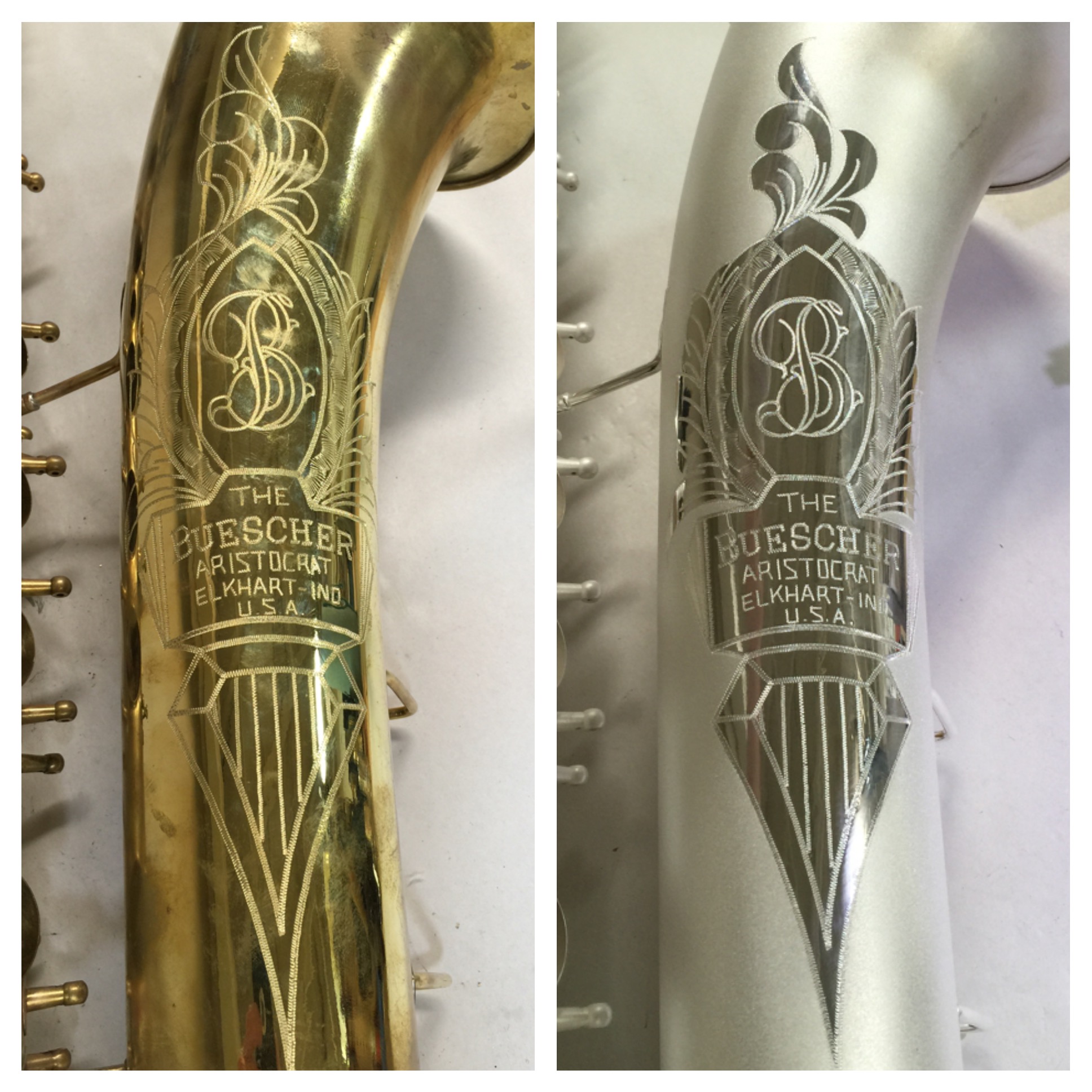There are many differences between diesel mechanics and automotive mechanics. The most obvious difference is the type of engine they work on. Diesel mechanics work on diesel engines while automotive mechanics work on gasoline engines. Another difference is that diesel mechanics often have to perform more complex repairs than automotive mechanics. This is because diesel […]
Tag: tools
Car Engine Start Button Cover
A car engine start button cover is a great way to protect your investment. It’s a simple and inexpensive way to keep your car’s interior looking new. The start button is one of the first things people see when they enter your vehicle, and it’s also one of the most vulnerable areas. A cover can […]
Can Gold-Plated Saxophones Be Re-Plated
Gold-plated saxophones can be re-plated. The process is not difficult, but it does require some care and attention to detail. First, the old plating must be removed. This can be done with a chemical stripper or by sanding the surface with very fine sandpaper. Once the old plating is gone, the surface of the saxophone […]


